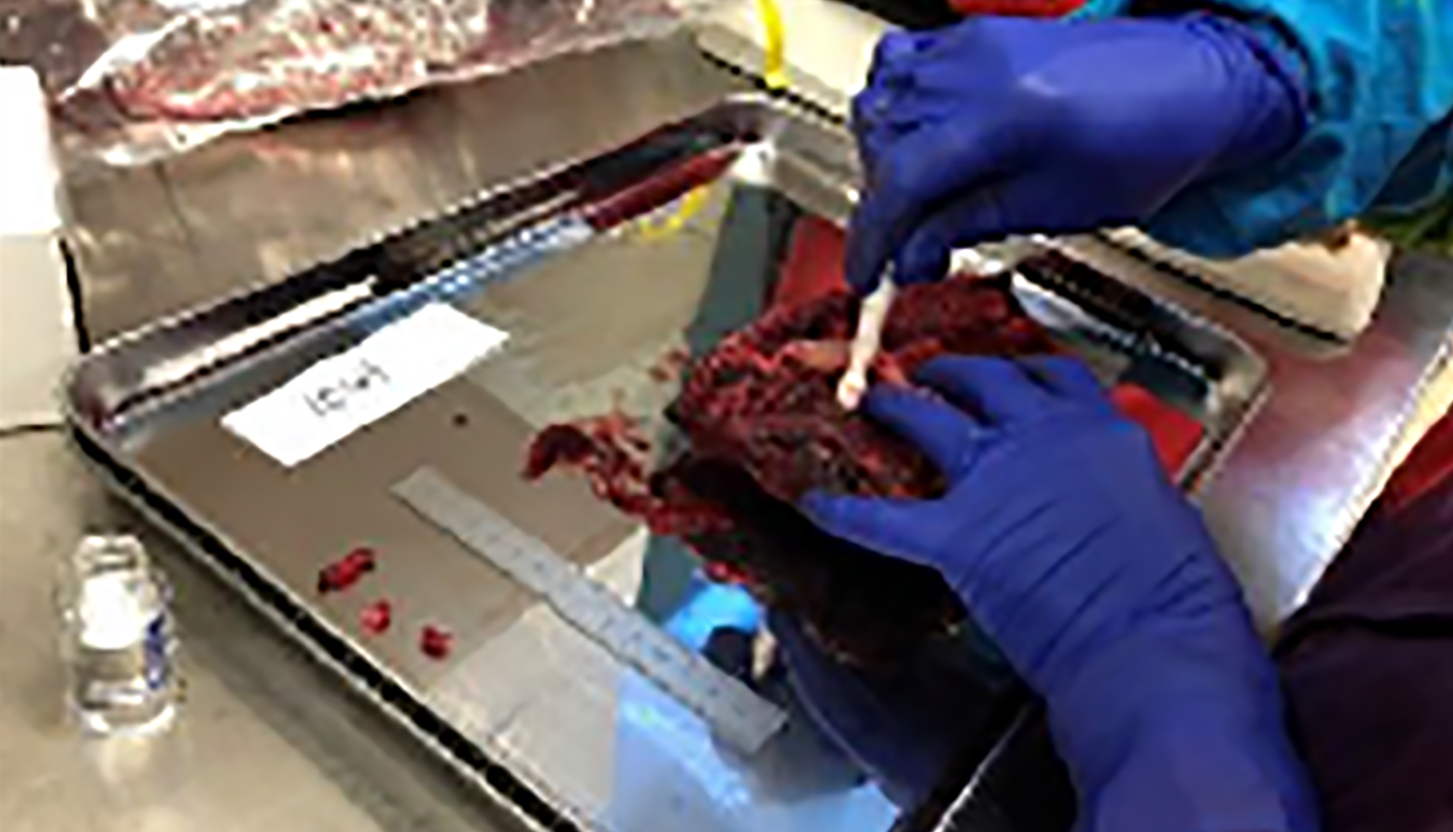New Discovery, New Publication

Understanding protein changes in the placenta of mothers with drug exposure
- A new methodology developed by Allyson Mellinger and Taufika Islam Williams, Ph.D., from the Department of Chemistry and The Molecular Education, Technology and Research Innovation Center (METRIC) at NC State University, in collaboration with external parties from East Carolina University and Florida Atlantic University, has led to the publication of an article of noteworthy research outcome.
The study constitutes compelling news to researchers in the field and, along the same lines, will contribute to increasing awareness among modern pregnant women in the time to come.
- Drug addiction is a major public health concern in the USA and around the globe. The consequences of drug exposure to mothers and fetuses are significantly harmful. The placenta is a critical organ for fetal development since it is responsible for sustaining the fetus during gestation. Exposing the placenta to damaging factors can significantly endanger the health of the fetus. The ongoing study, based on the developed method, will further the understanding of proteomics – study of the protein complement of the genome or genetic blueprint of an organism – profile changes in the placenta as a consequence of the mother’s exposure to illicit drugs through a systematic and detailed approach.
Exposing the placenta to damaging factors can significantly endanger the health of the fetus.
- In the article, a label-free proteomics protocol for the interrogation of the placental proteome is described. Step-by-step directions, including tissue cleanup and preparation, proteolytic digestion, nanoLC–MS/MS data collection, and data analysis, are provided. The workflow has been applied toward exploring differential protein expression patterns in placentas from women who have been exposed to drugs during pregnancy, relative to those who have not. Twenty tissue specimens were collected, each representing a combination of spatially diverse sections across the placenta. These specimens were analyzed in the work to survey information across the entire organ. This protocol can be scaled up or down as needed.
- This publication was part of a new endeavor Mellinger et. al. worked on with the “Rapid Communications in Mass Spectrometry” (RCM) journal and served as the pilot for a brand new class of articles. The researchers envisioned method articles that spell out, in exhaustive detail, everything one would need to know to reliably and confidently reproduce an experimental method in the laboratory. We are very excited about this new endeavor!
Check out the article here!
- Categories:


